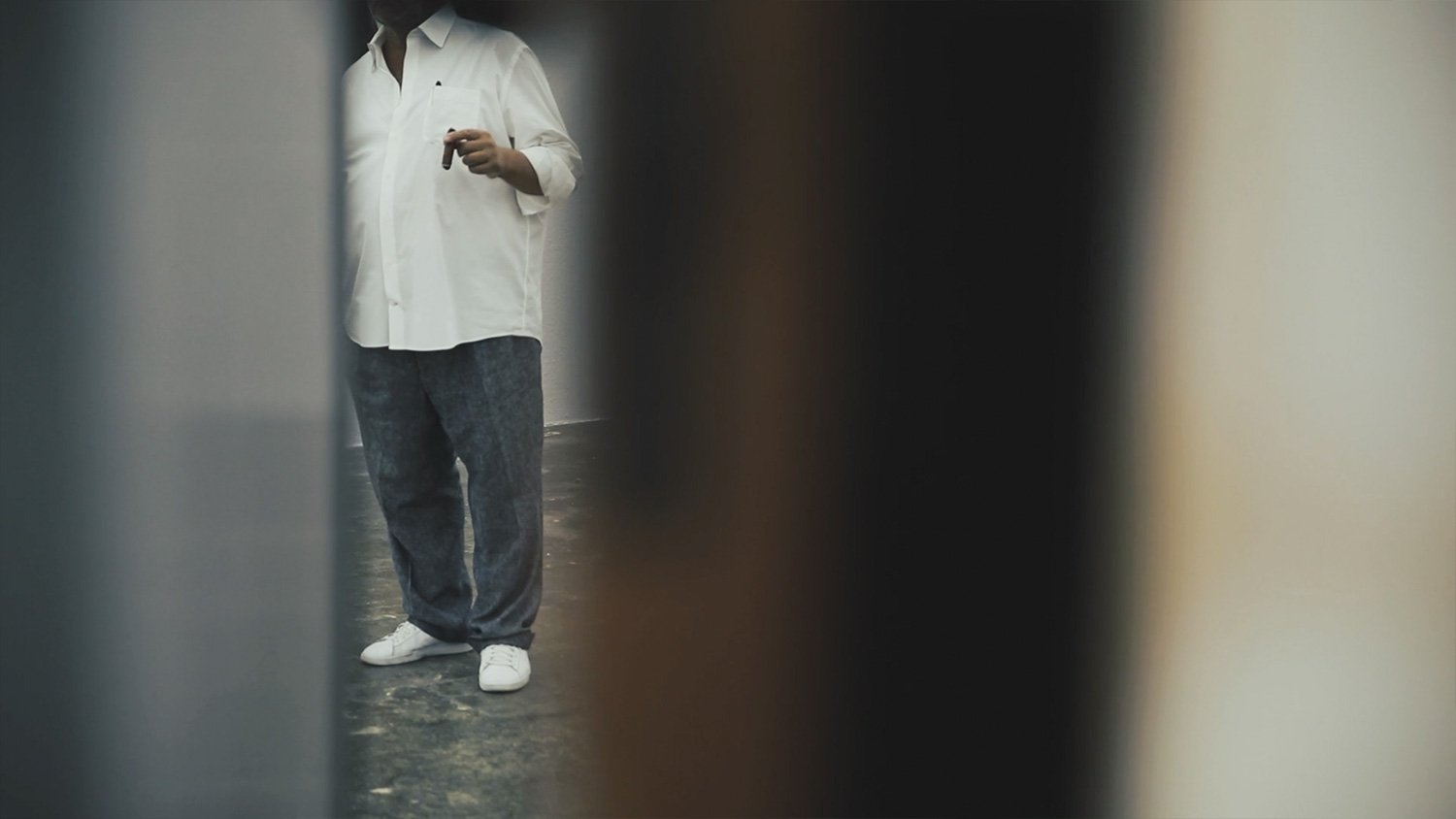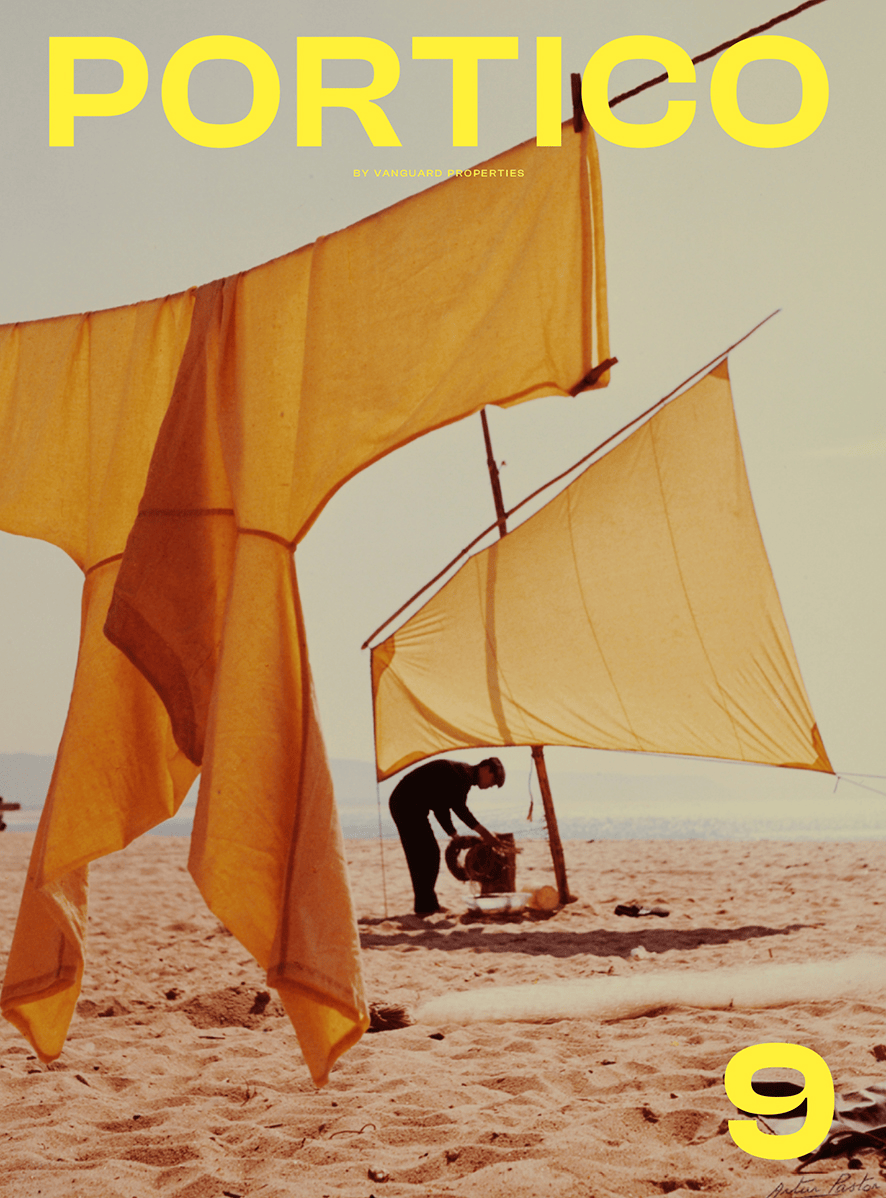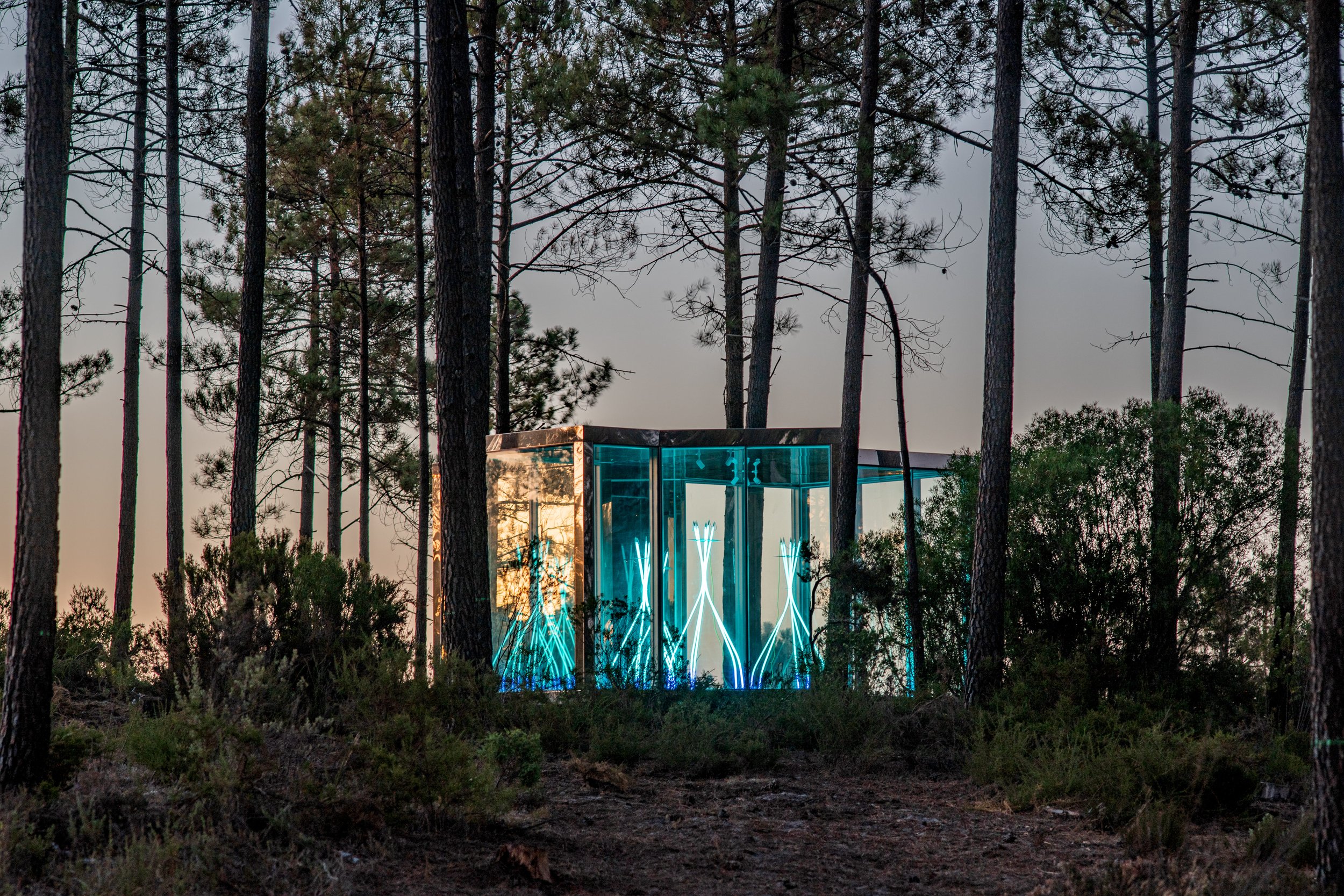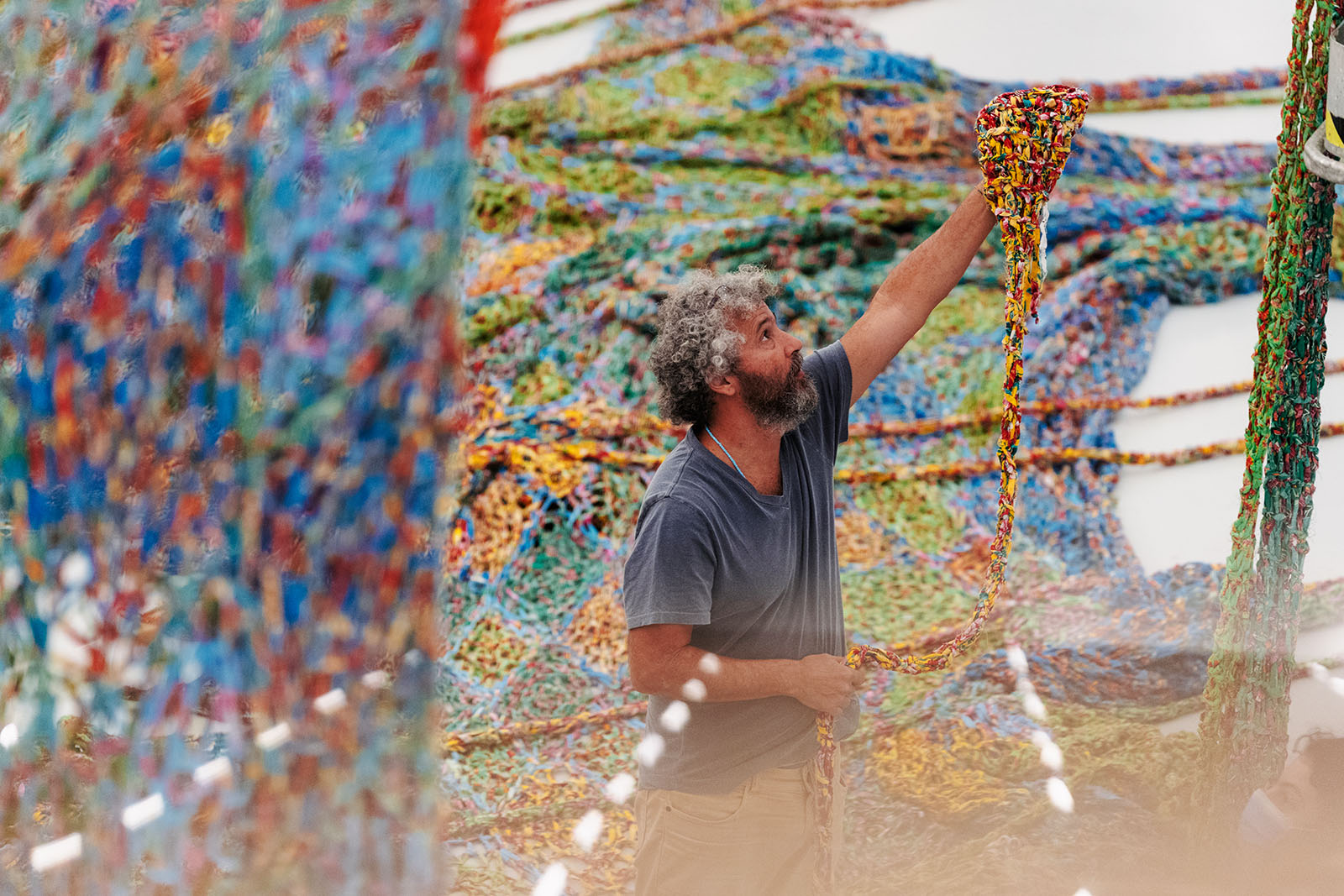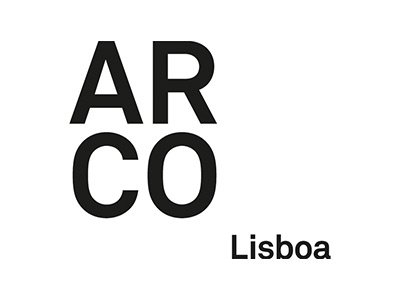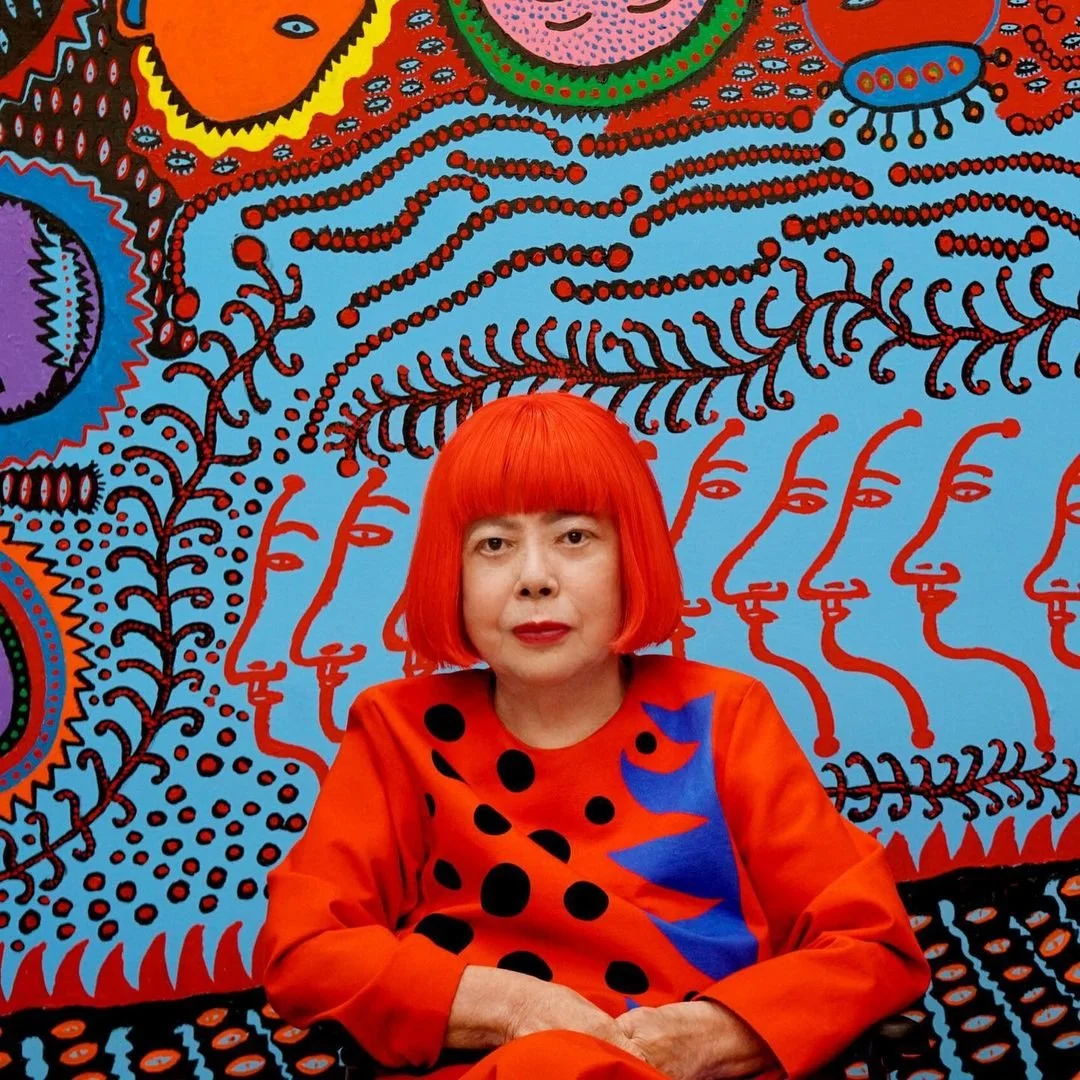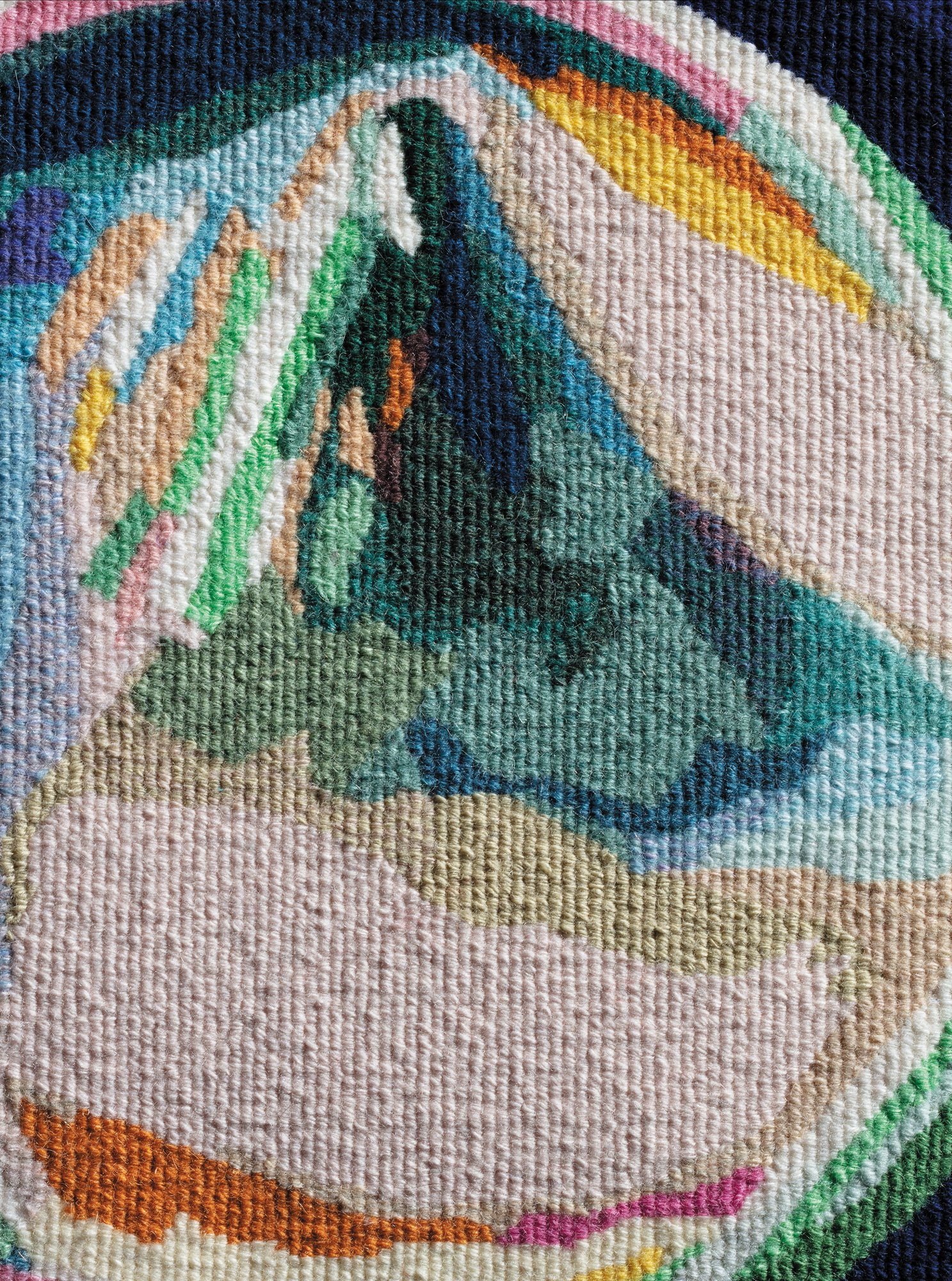PORTICO #9
OUT SOON
PORTICO #8
FAITH, STYLE AND CLARITY
Architecture and religion have almost always been bedfellows in the history of art. That said, more recently, this tradition has changed somewhat, with places of worship now inspiring simple, minimalist beauty. Here are seven examples of Portuguese chapels, where the architect's light merges with silence and introspection.
PORTICO #8, July 2025
CELEBRATING DIVERSE ART - Her clique
THE VIRTUOUS CIRCLE
AN ADVENTURE ON PAPER - Almanaque
A COLLECTION WITH HISTORY - Albuquerque Foundation
SILK AND LINEN MONUMENTS
WALL-MADE - The Jeff Wall private lexicon
DRAWING IS NOT AN ART - Pedro A. H. Paixão
IN THE TIME OF LANDSCAPE
ROLEX — GREATER PURPOSE
Portuguese Chapels - FAITH, STYLE AND CLARITY
Christian Haas - EAST MEETS WEST
MINGYU WU
OCHRE SPACE
“Between Your Teeth”
Paula Rego and Adriana Varejão
The CAM (Centro de Arte Moderna) in Lisbon is set to host a compelling exhibition titled "Paula Rego and Adriana Varejão: Between Your Teeth" from April 11 to September 22, 2025. This exhibition brings together approximately 100 works by two distinguished artists: the late Portuguese-British painter Paula Rego (1935–2022) and contemporary Brazilian artist Adriana Varejão (b. 1964).
PORTICO #7 ½
PORTICO #7 ½, MARCH 2025
Art Fair Special Issue
FRANCISCO TRÊPA - Terrifying Beauty
JOÃO LOURO
ARTWORKS
MÓNICA DE MIRANDA - From the River, the Earth and the Desert Sands
MACAM
ANDRÉ CEPEDA
ART GALORE
PIERRE GONNORD
7 ½ th Issue Content
PORTICO #7
ON/OFF
Colourful lights wink at passers-by in Lisbon’s streets and alleyways. With enticing words and artistic features these signs of yesteryear are disappearing by the day, with the onslaught of building works that erase memories and the dust of another time, forever lost.
PORTICO #7, DECEMBER 2024
VISTA ALEGRE - The Sound of Porcelain
Portable Art - CHRISTIAN DIOR
LEONOR ANTUNES - How to Inhabit an Exhibition
ON/OFF - Preserving a luminous legacy
PATEK PHILIPPE - The Watches we can. Never Call our own
JEANNE GANG - From Wood to Wonders
Miguel Gomes - REAL AND IMAGINED
Eugénia Mussa - ART AS AN ENIGMA
FINE DINING - Where to now?
TOPÁZIO - 150th Anniversary
7th Issue Content
PORTICO #6
Tales & Tiles - La Fontaine in Lisbon
It is a fable, amongst animals. Firstly, the ravens of Lisbon. Legend or fable has it that some ravens plucked the eyes of the Roman executioners who, in the year 304, tortured to death the pious deacon Vincent, of the Saragossa bishopric. Leaving the corpse to the mercy of beasts and birds of prey, an angel protected the body. As a result, the animals refrained from consuming Vincent’s remains, which were cast into the sea.
PORTICO #6, JUNE 2024
VAN ZELLERS & CO - Time honoured
JOÃO ABEL MANTA - A free man
TALES & TILES - La Fontaine in Lisbon
SILVER WORKS - The art of working with silver
VASCO MENDONÇA - The discomfort of music
JOÃO LOURO - The appropriation of language
CARROCEL - Illustration for children by children
BENJAMIN WEIL - On the new CAM
The enchanted world - TERESA MURTA
SUBSISTENCE OF THE FLÂNEUR - New visions of the city
ISAY WEINFELD - Brazilian architecture
BULTHAUP - Marc Eckert’s soul kitchen
6th Issue Content
Terras da Comporta
Art that Surprises
In May 2023, Vanguard Properties installed its first artwork at the site of the Dunas Terras da Comporta project. The piece, which is titled Untitled, was sculpted by José Pedro Croft, one of Portugal's most important contemporary artists. The imposing work was initially created for the 2021 Frieze Sculpture, one of Europe's most important sculpture events. Later acquired by Vanguard Properties, it was set up in the pine forest, next to one of the access roads to the development, where it surprises passers-by.
This venture was the first step towards fulfilling the property developer’s aim to make its Comporta projects into important centres of artistic expression. The objective is to create veritable open-air galleries that will make a positive contribution to both new projects and the region itself.
PORTICO #5
PORTICO #5, DECEMBER 2023
LET THERE BE LIGHT - Davide Groppi
IN PRAISE OF PORTUGUESE CERAMICS - Objectismo
OOCA - Oficina do Olival Contemporary Arts
THE LANGUAGE OF CLAY - An Estremoz craft
THE ART OF THE MAD - The Treger Saint Silvestre Collection
RUI CHAFES - Embracing Giacometti
DANIEL BLAUFUKS - Photography’s limits
HOW SMART ARE WE? - The city's future
ITALIAN SAPER FARE - Minotti
FONDATION D’ENTREPRISE HERMÈS - Leaving a mark
THE WOOD TOUCH - Revisiting a primordial material
5th Issue Content
Vanguard sponsors one of the best exhibitions of 2023
The "Gris, Vide, Cris" exhibition established an interesting dialogue between the work of Portuguese artist Rui Chafes and that of the Swiss artist Alberto Giacometti, one of the 20th century’s most renowned sculptors.
Curated by Helena de Freitas and exhibited at the Calouste Gulbenkian Foundation's main building between May and November, critics from the respected Semanário Expresso and Público newspapers considered the exhibition to be the best and second best of 2023 in Portugal, respectively.
PORTICO #4
José Pedro Croft
“José Pedro Croft believes that artists have no place in perfection, but rather in questioning the world, which is where he situates his work. Currently celebrating a career spanning 40 years, he says that his job is do bring drama to art, while condemning those who turn serious causes into products or propaganda. Art, he says, doesn’t serve to legitimize anything, nor explain the world.”
PORTICO #4, JUNE 2023
THE PLASTIC AGE - The love-hate material
WHO’S THAT GIRL? - Constança Entrudo
HUMAN SCALE DESIGN - Emmanuel Babled
THE PALACE OF TRADES - The Ricardo Espírito Santo Silva Foundation
JOSÉ PEDRO CROFT - Art has to be freedom
ELEMENTAL - The Alejandro Aravena architecture
TOMORROW’S FOOD - The center genomic gastronomy recipe
DOCES FINOS - Marzipan’s sweet tradition
THE ART OF CURIOSITY - Illustrations of The New World
PAULINE GUERRIER - Matter of culture
BARRA DAS ALMAS - Valter Vinagre photographic work
4th Issue Content
PORTICO #3
The Faithful Friend
The true symbol of Portuguese identity is not the poet Camões, nor football, nor fado but none other than the humble cod (bacalhau). And it’s not unusual for those Portuguese abroad to miss their own family less than their favourite cod dishes, with 1,001 different recipes to choose from. The fish is also a big favourite for Christmas dinner, for rich and poor alike.
PORTICO #3, DECEMBER 2022
ZENITH AND PESSOA - The man behind the poet
THE FAITHFUL FRIEND - Bacalhau Portuguese true symbol
OLIVEIRA - The holy tree
JASON MARTIN - English man in Comporta
SONIA DELAUNAY - Under the light of Portugal
JORGE WELSH - Europe and Asia cultural exchanges
SOFT ART - Portalegre tapestries
FRANCIS KERÈ - Natural and humble architecture
MADISON COX - The constant gardener
BROKEN CITIES - Small solutions for big problems
LOEWE LOVES CRAFTS - The beauty of know-how
THE ALCHEMY OF GLASS - High temperature creations
3rd Issue Content
PORTICO #2
Joana Vasconcelos
“When I explain what I do, who I am, I often say how old the artistic milieu is. It begins in the Paleolithic period, at a time when society was structured very differently to today. There was a tribe that constantly moved from place to place, leaving its mark in the caves and places where it sheltered. Even in such a simple society, there were artists representing the life of their people, something they’ve been doing until now. Most people are unaware of this longevity, or what it means to be an artist. They see us as the superfluous, least important link. But artists are essential for communities to exist, for them to be represented and have a history. Artists are key to creating group identity and what is transmitted for the future.”
PORTICO #2, JUNE 2022
GHARB AL-ANDALUS - The delectable aroma
PEDRO MOURA CARVALHO - Making history
UNITING COLOURS - Alexandra de Cadaval life of diversity
VIÚVA LAMEGO - The studio - factory
JOANA VASCONCELOS - The artist and the causes
PEDRO VAZ - On nature as a moral compass
GEORGES DAMBIER - Portugal 50’s through French lens
MAPPA MUNDI - Visconde de Santarém maps
KENGO KUMA - From Japan to the world
CRAFT RENDEZ-VOUS - Noé Duchaufour-Lawrence
MAKING WAVES - Technology and crafts on board
2nd Issue Content
PORTICO #1
Daniel Libeskind
“It’s the only way! If you think about it, a photograph is finished when it’s taken, a song is finished when it’s written, a sculpture is finished, a film is finished, but architecture waits. Because it’s a creative environment, it’s new space for occupants to come and fill it with the spirit it represents. Of course, architecture is always diplomatic and symbolic, and it’s mystical because it seems very abstract, straight lines, geometries and all those things.”
PORTICO #1, NOVEMBER 2021
MATERIAL WORLD - Defining Portuguese produce identity
ART FROM AFRICA - The revelation
PEDRO CABRITA REIS - Admiration for the classics
MICHAEL DE BRITO - Portraits of intimacy
DANIEL LIBESKIND - The architect of poetry
DACIANO DA COSTA - The legacy
MODERNIST LISBOA - Lisbon modernist architecture
FILIGREE - Twisted strands of the Portuguese soul
THE HANDICRAFT TALE - Gabriel Tan Origin
CORK OF GOLD - Sofalca reinventing cork
WOOD FOR GOOD - The CLT revolution
KRISTINE H. HARPER - The way to sustainability
1st Issue Content
